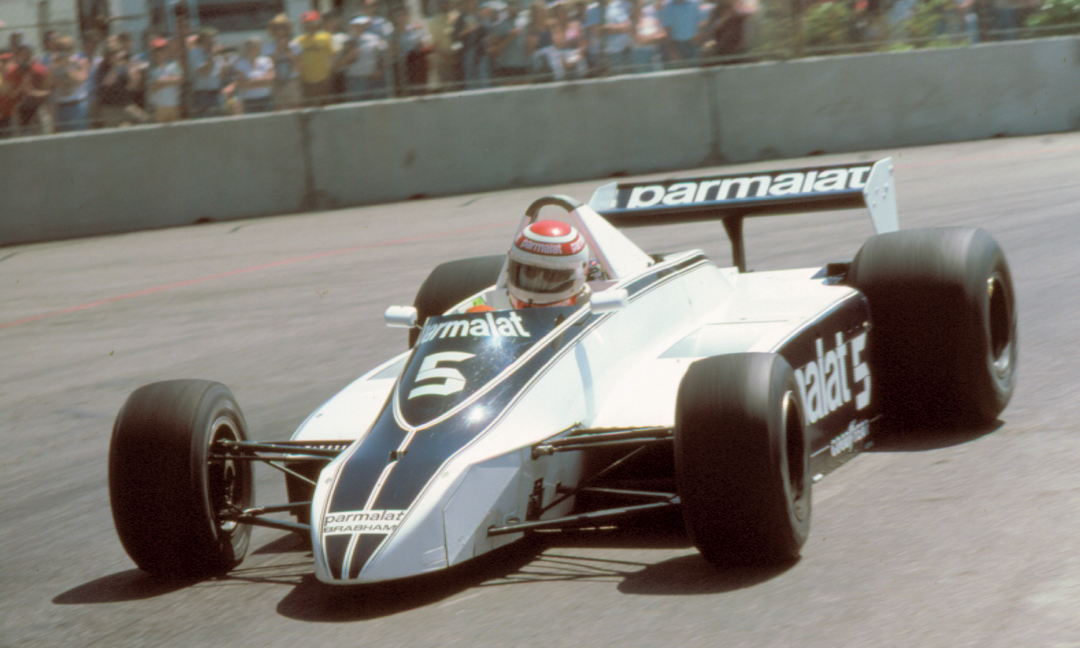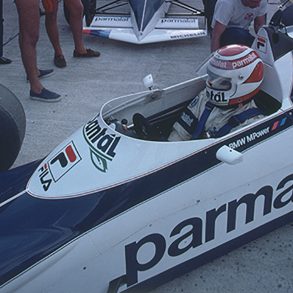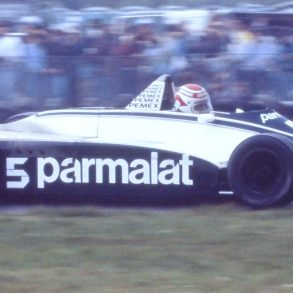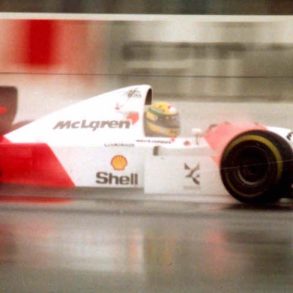It’s a dirty job being an automotive and racing writer but, you know, somebody’s got to do it. A couple of weeks back, my work consisted of flying into Daytona for the first day of the Rolex 24-hour race, then flying back to Miami, where I spent a day on the roadcourse inside Homestead’s mile-and-a-half oval testing high-speed tires on the latest Jaguars, BMWs, Mercedes, Porsches, Audis, and Saleen Mustangs, among others. Oh, did I mention, I also lapped the oval at speed riding shotgun in a Porsche with three-time F1 World Champion Nelson Piquet? Tough life, eh?
The occasion was the press introduction of Pirelli’s new P-Zero Rossa, an extension of their famous P-Zero line, particularly in the direction of increased wet weather grip. Piquet, being a Pirelli distributor in Brazil, joined several other well-known drivers to give thrill rides to the “journos” after our tests. One writer apparently got a bit more of a thrill than he wanted when Piquet had what was described to me as a pretty big “moment” at around a buck-twenty-five in turn two, just “centimeters” from the wall, I was told. Must have scared the hell out of the journalist.
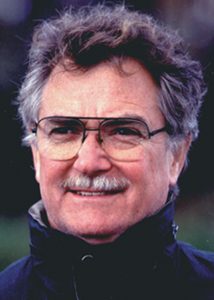
Fortunately, there were no such heroics on my laps, just a few laughs. Piquet is a very funny man. Long before I met him at Indy in ‘92, Nelson Piquet was known as one of the most colorful characters in Formula One. His candor (can you say “blunt,” boys and girls) and quirky sense of humor were legendary. In the evening following one F1 success, I can’t remember where, Piquet took his team manager for a swim in a fountain – both fully clothed, of course. Another time, after a brilliant win ending an uncharacteristically long slump, the three-time World Champ began the post-race press conference with, “How do you do, my name is Nelson Piquet.”
He made no bones about his dislike for Williams-Honda teammate Nigel Mansell, whom he considered a whiner (and a wanker), and with typical candor Piquet speaks of his third World Championship in ’87, when Mansell crashed in practice at Japan and missed the final two races, as a triumph of blind luck over monumental stupidity. Once, during their feud, BBC F1 broadcaster Murray Walker made the mistake of asking Piquet to compare himself to Mansell, prompting a barrage of stated 180-degree differences, the last with a barb for Mansell’s wife as well, “I like beautiful women; he likes ugly ones.” This absolutely enraged Mansell, as no doubt was intended, but Piquet also laughed and confided to us that Murray Walker never spoke to him again.
I was surprised to learn that Piquet spent his high school years in San Francisco as an exchange student. He’s still very close to the family with whom he lived. It was after that that he began to race, relatively late. His own 14-year old son is driving karts now and will likely progress into Formula Three, as did his father before moving into Formula One.
Interestingly, Piquet’s first front-row start in F1 (Watkins Glen in ’79), his first pole position, and his first win (both at the 1980 Long Beach Grand Prix), all came in the U.S., so there was some symmetry when, at the end of his Formula One career, Piquet came back to America to run Indianapolis in 1992. His laid-back attitude and willingness to learn caught people off guard, especially Menard teammate Gary Bettenhausen, a no-nonsense, grizzled circle-track veteran.
“I didn’t know what kind of guy he was until he got here,” Bettenhausen told me, “but 20 seconds after I met him, I knew we were gonna get along.”
For his part, Piquet listened carefully to his “Indianapolis daddy,” as he jokingly called Bettenhausen, and was quickly up to speed. In fact, the popular Brazilian was consistently among the fastest each day – until the crash in practice. In those few horrible milliseconds, Nelson Piquet’s life changed. His feet were literally mangled, and at one point there was real danger that one foot would have to be amputated. Fortunately, we live in an age of remarkable medical wizardry, and doctors were able to literally reconstruct his limbs. Throughout his painful ordeal, which included months of physical therapy, Piquet never gave up. Those who visited him in the hospital marveled at his courage – and always, that sense of humor. One of his first remarks was, “Well, there goes my tennis game.”
What we howled about as we lapped Homestead was a particular joke Piquet played on Jeff Andretti, who in the race that year, also suffered severe leg injuries. When Piquet was in to have the metal clamps removed from his complex surgeries, he happened to catch a glimpse of Andretti in the next room, obviously waiting in his wheelchair for the same procedure. Just before leaving, Piquet asked the doctor if it was all right to play a little joke. The doctor said sure, whereupon Piquet began screaming in mock agony, “Oh, no, don’t! Oh, my god! No, no, I can’t stand it! Stop, please, stop!” Andretti was ashen faced when a laughing Nelson Piquet was wheeled out into the room. It was the beginning of their friendship. But not the end of the jokes.
Piquet told me that when he finally left the hospital, doctors said it would do no damage to his feet if he didn’t use his crutches (which he absolutely detested) or canes. They were mostly to reduce the still considerable pain. Seeing an opportunity for a gag, Piquet downed about four or five pain pills, drew himself up, and walked into Andretti’s room.
“Stand up, you wimp,” he told a stunned Andretti. “Look at me. Stand up and walk, you wanker.” Then turning, he walked out the door and out of the hospital to a waiting car, without looking back. It was a complete ruse, of course, and Piquet laughed as he told me, “I cried all the way home.” That’s Nelson Piquet, anything for a gag – which now makes me wonder, was that scary “moment” at Homestead with the journalist a Piquet joke?

Photo: Bob Tronolone


